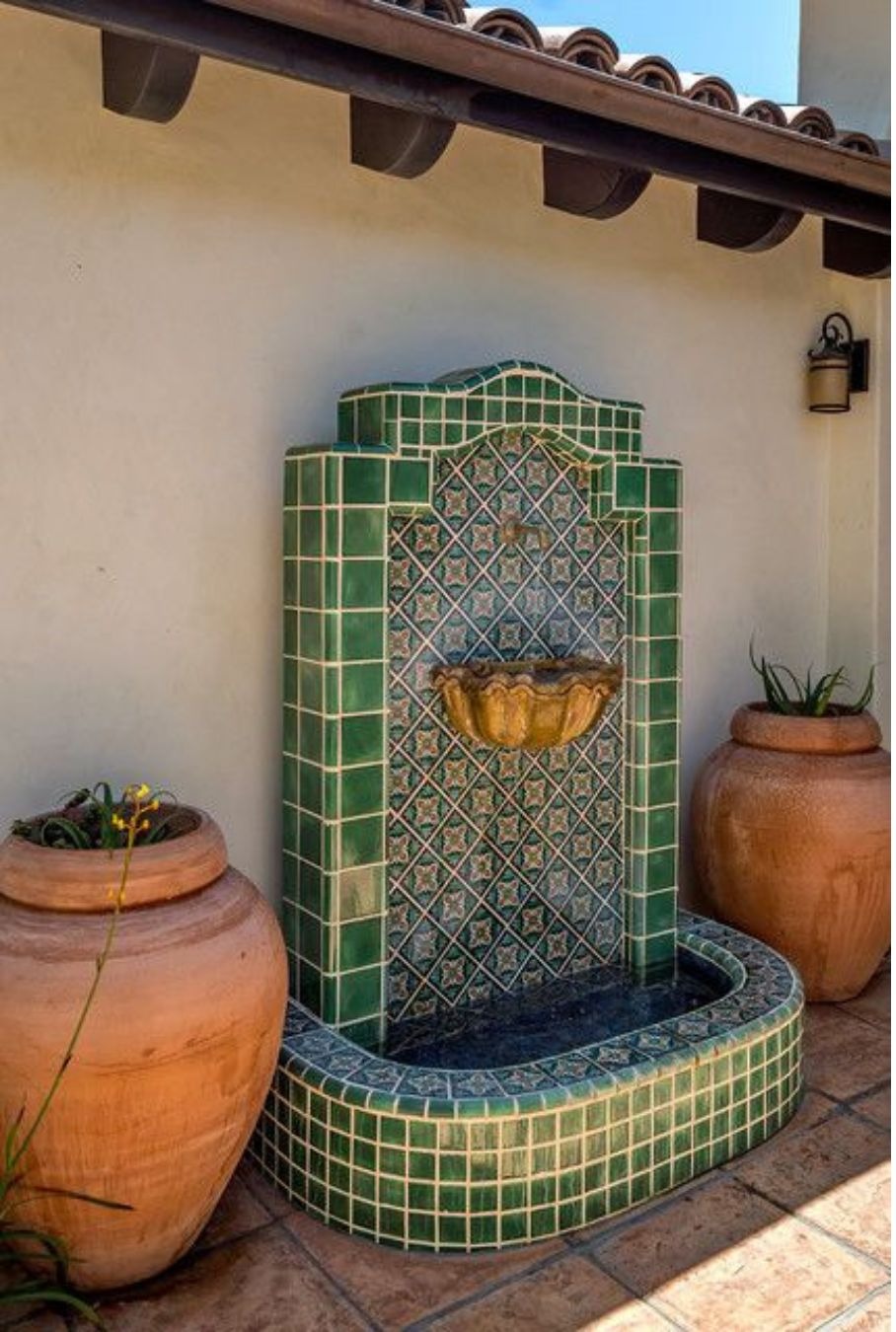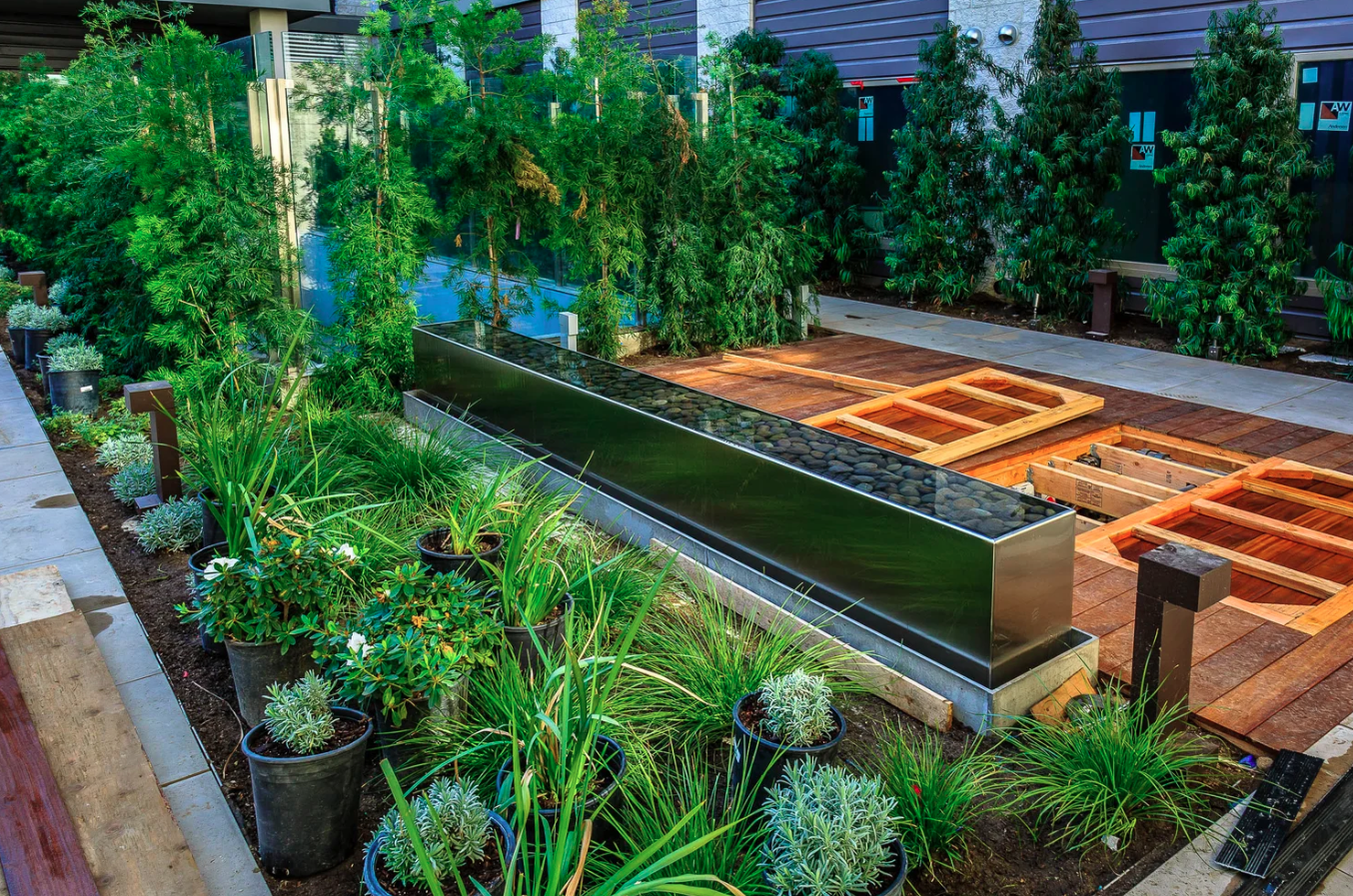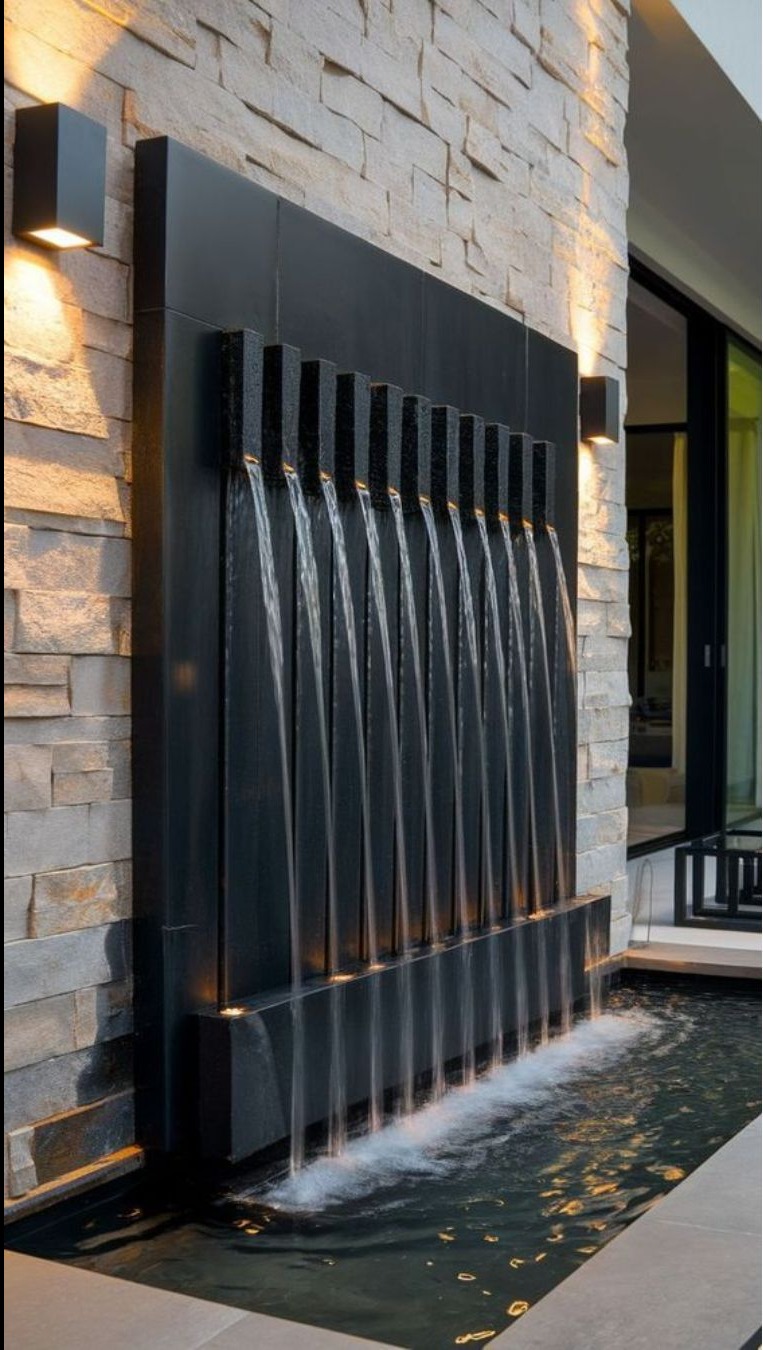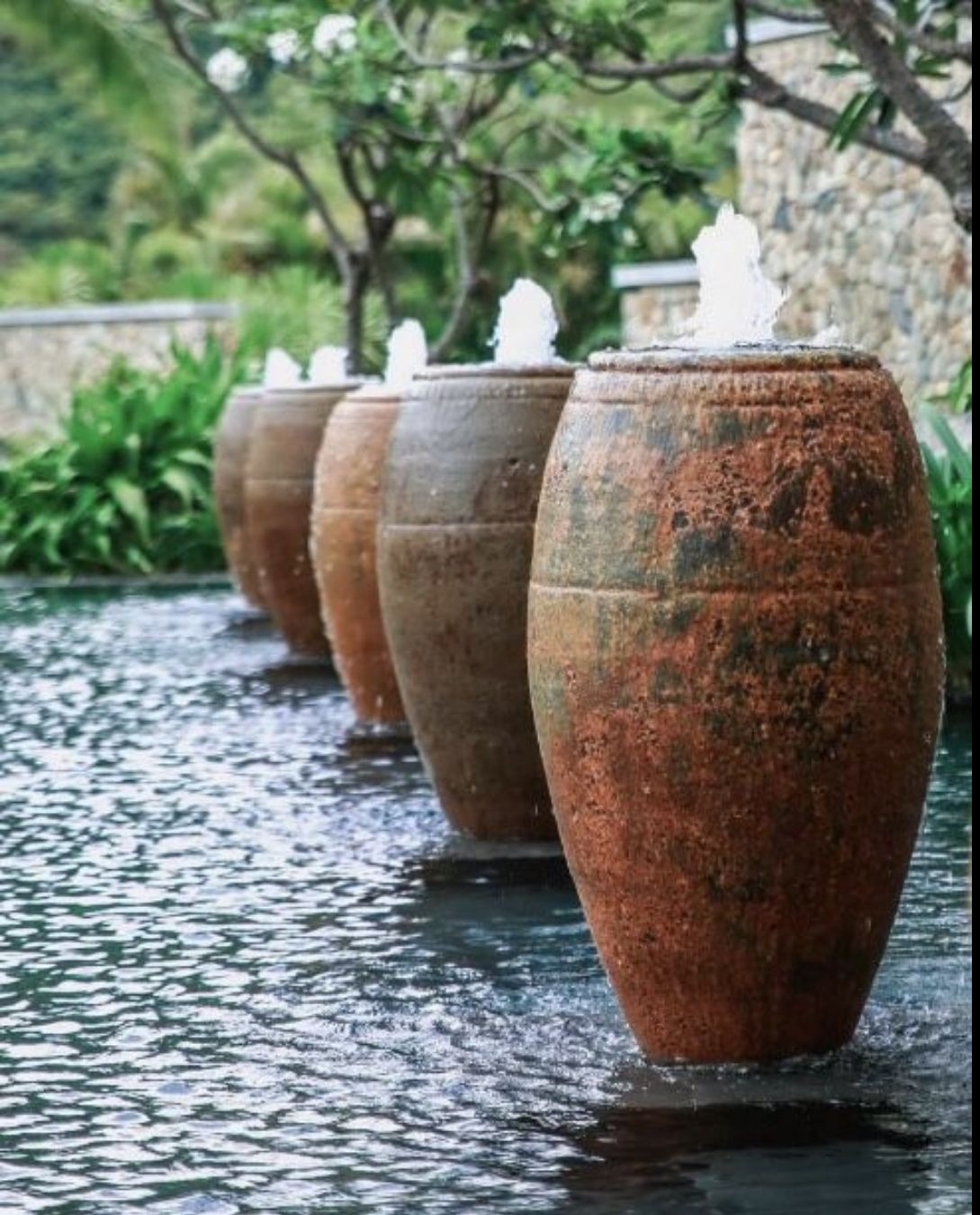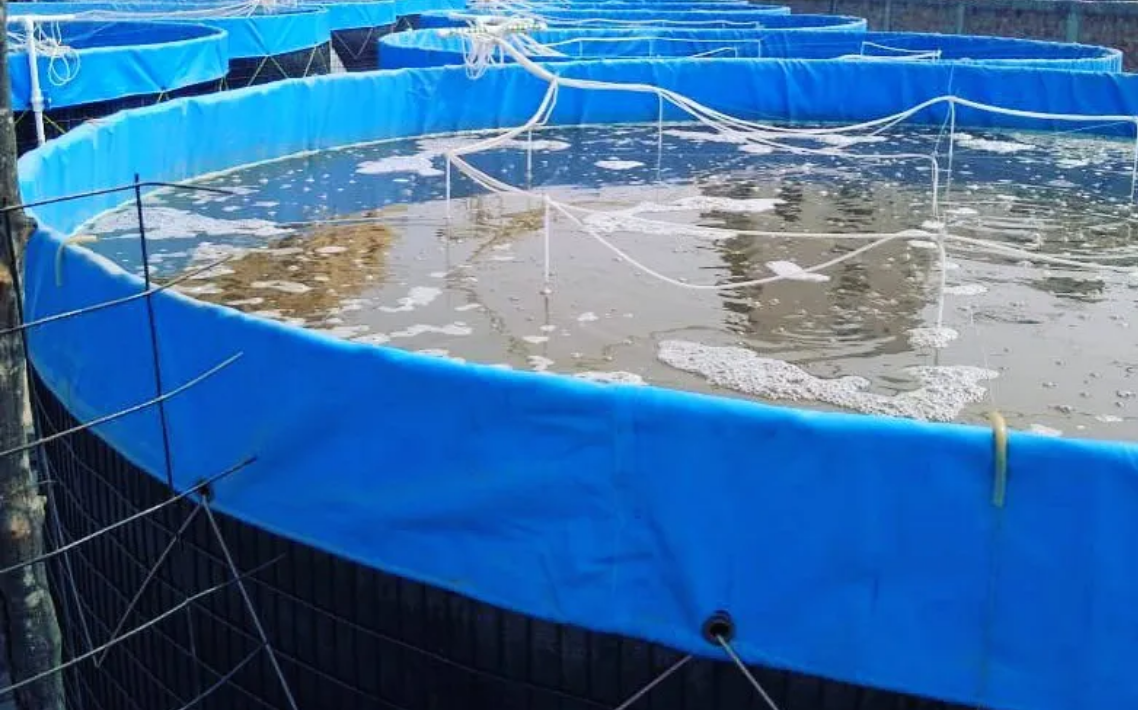
Traditional fish farming in open ponds is nowadays no more productive and often leads to several losses. An excellent innovation in aquaculture ‘Biofloc fish farming’ technique increases fish productivity in the same area with lesser inputs.
In this technique waste products of the fishes are converted into proteinaceous feed which enables the growers to go for no or limited water exchange. With ever increasing demand for aquatic foods Biofloc technology offers a promising future to farmers and will also help to ensure food security.
Advantages of Biofloc Farming
Higher Productivity
A lesser land water space accomodates more no of fishes than that of conventional farming ponds thereby greatly increasing productivity.
Eco friendly sustainable system
Nitrogen waste is efficiently converted into protein feed having double benefits of water conservation and waste management.
Controls diseases and reduces pathogen transfer
Probiotics present in the mixture kills harmful microbes. Moreover disease and pathogens of one container will not spread to other container which restricts the loss of whole culture.
Zero or limited water replacement
The microbes in the tank convert nitrogenous wastes such as nitrate and ammonia into protein feed. So, there is no requirement of water replacement.
Reduced feed cost
Feed cost is ultimately reduced by ( 30-50%) due to dual positive factors of effective utilisation of feed and regeneration of lost feed. Whereas there are no ways to regain lost feed in traditional culture.
Easy harvesting
Harvesting becomes easy due to high stock density within a small area and facilitated mechanism.
In Biofloc technique fishes are reared on small heighted tanks about 4 m in diameter with approx capacity of 600 fishes. In addition to fishes a culture of heterotrophic bacteria is also grown along them. The setup also requires aeration and mixing mechanism to balance oxygen supply and for proper functioning of heterotrophic bacterial culture.
Heterotrophic bacterial cultures grown along with fish performs the task of recycling nutrients. Bacteria consumes unutilised protein feed and nitrogenous waste which in turn increases their own protein content. We can recollect these proteins from aggregates known as flocs and utilize them again as fish feed.
Heterotrophic Bacteria also converts harmful ammonia into non toxic nitrates and usable proteins. In fact in traditional pond farming, when we provide protein feed to fishes they can utilise only about 25% of it for their direct body growth. While the remaining 75% goes to water and contributes to unwanted aquatic weed or algal growth. The accumulation of wasted feeds and nitrogenous waste in water degrades its oxygen level and a need for water replacement arises in conventional aquaculture.
Keywords
30
non
need
task
Zero
turn
ways
feeds
setup
flocs
approx
mixture
farmers
growers
diseases
diameter
addition
capacity
aeration
fish feed
recycling
same area
pathogens
nutrients
open ponds
600 fishes
Advantages
aggregates
small area
Probiotics
requirement
regeneration
algal growth
oxygen level
one container
lesser inputs
food security
oxygen supply
aquatic foods
toxic nitrates
Nitrogen waste
water exchange
several losses
waste products
other container
protein content
double benefits
Biofloc Farming
Easy harvesting
harmful ammonia
usable proteins
waste management
promising future
harmful microbes
mixing mechanism
Reduced feed cost
increasing demand
fish productivity
pathogen transfer
water conservation
proteinaceous feed
direct body growth
Biofloc technology
high stock density
nitrogenous wastes
proper functioning
Higher Productivity
traditional culture
excellent innovation
small heighted tanks
effective utilisation
unwanted aquatic weed
dual positive factors
unutilised protein feed
lesser land water space
Biofloc technique fishes
Traditional fish farming
traditional pond farming
conventional aquaculture
limited water replacement
conventional farming ponds
Eco friendly sustainable system
Heterotrophic bacterial cultures

